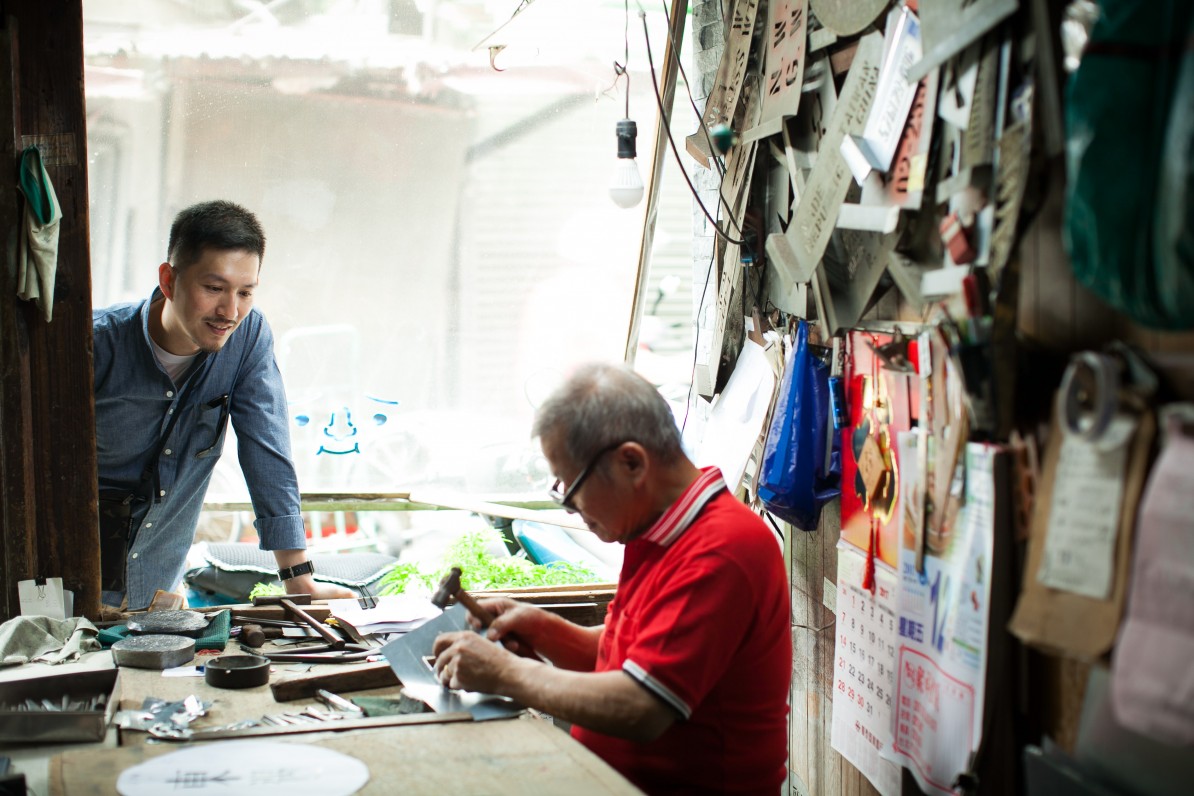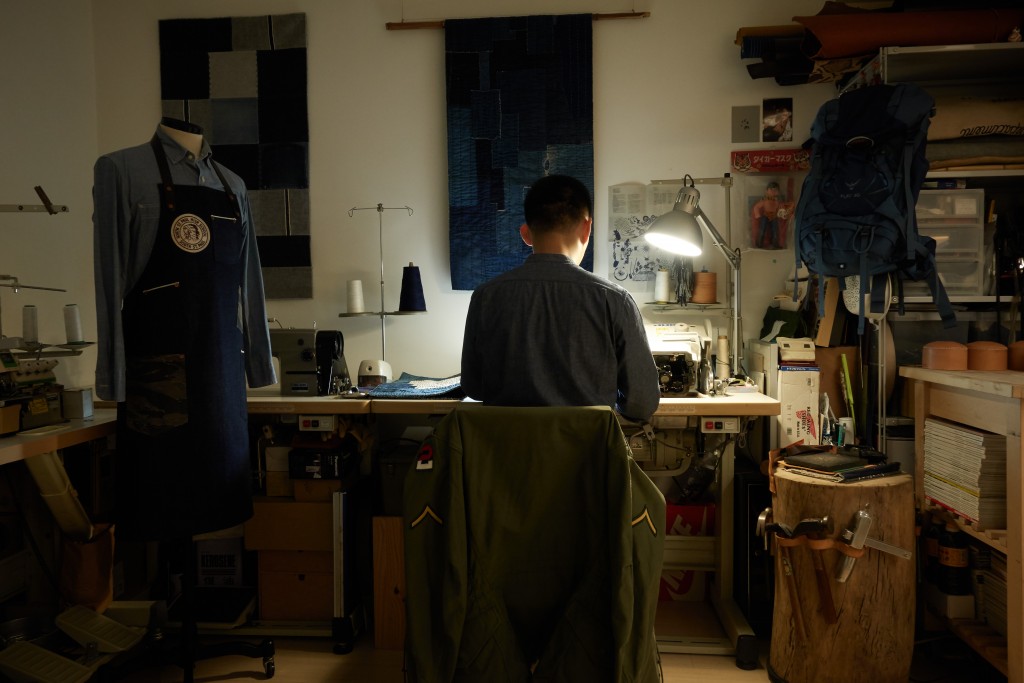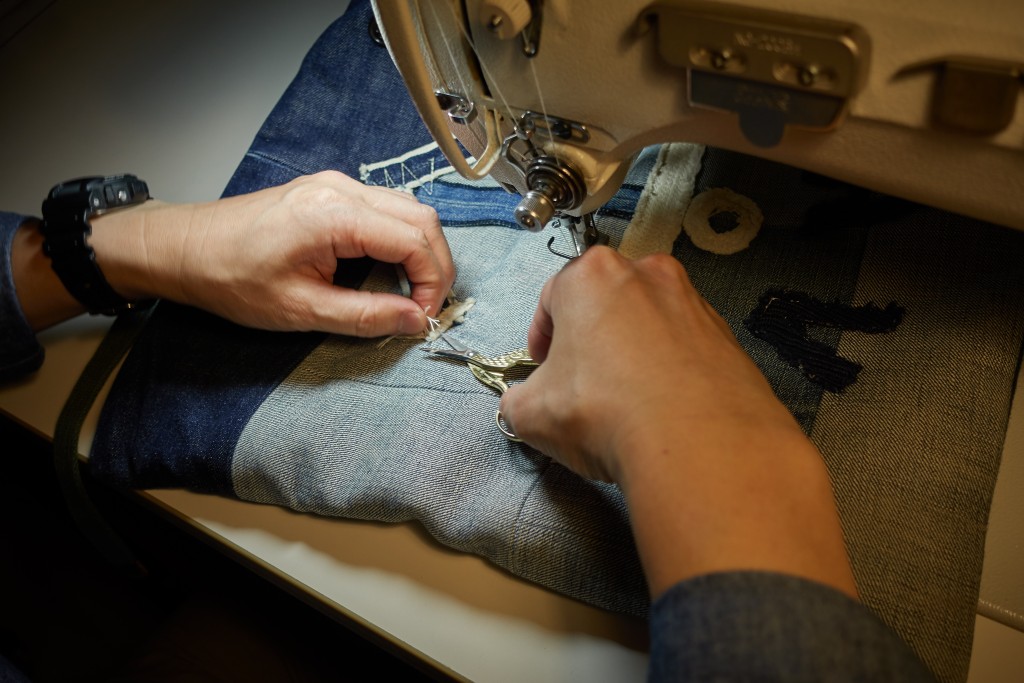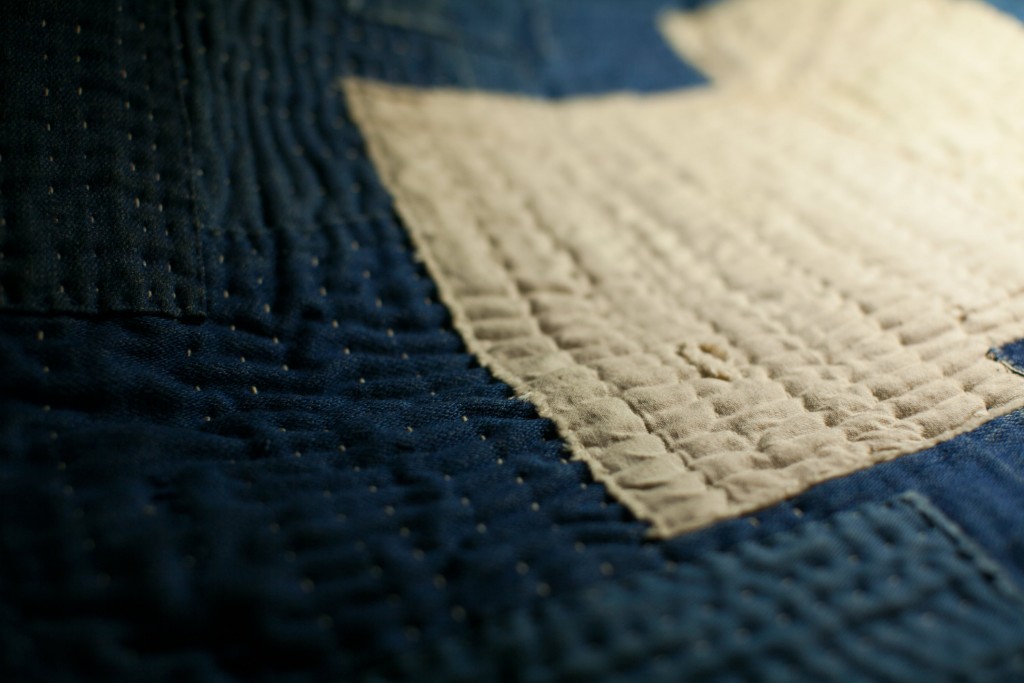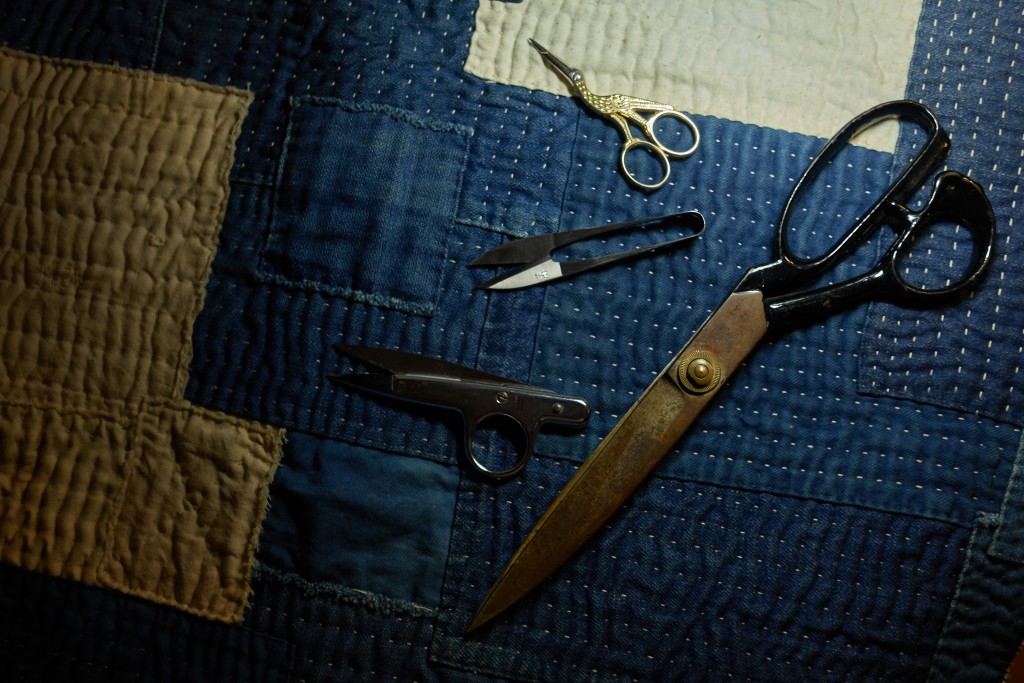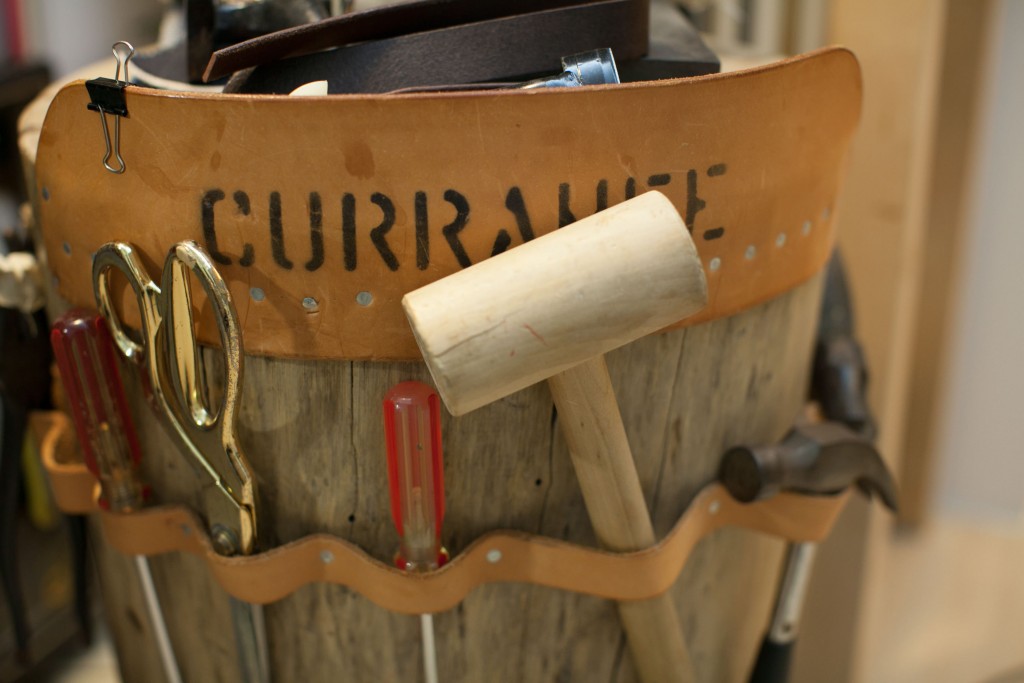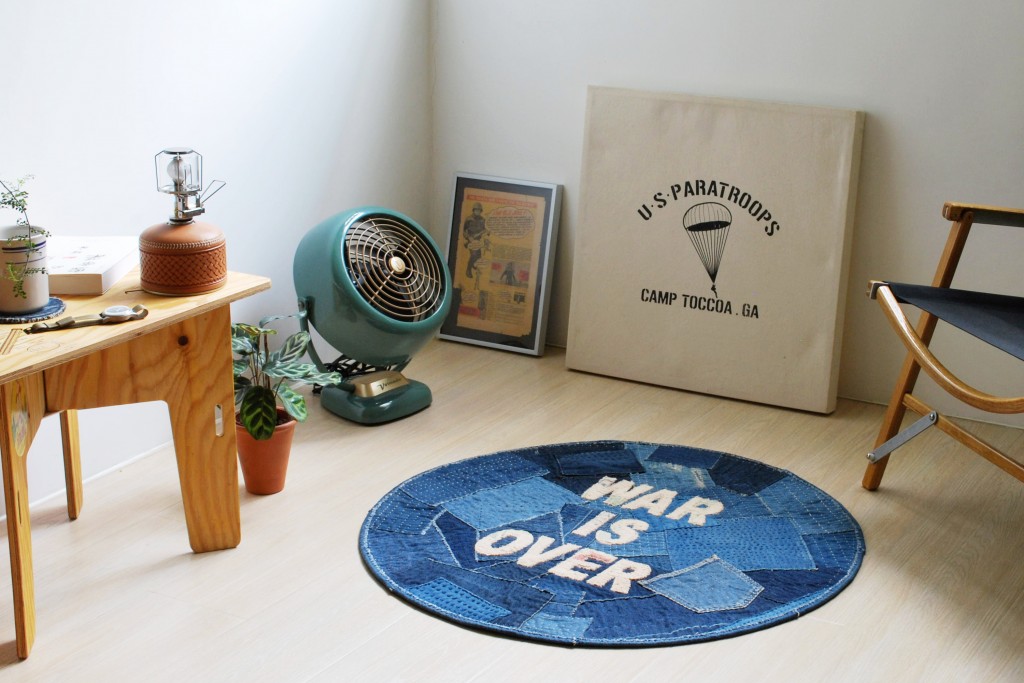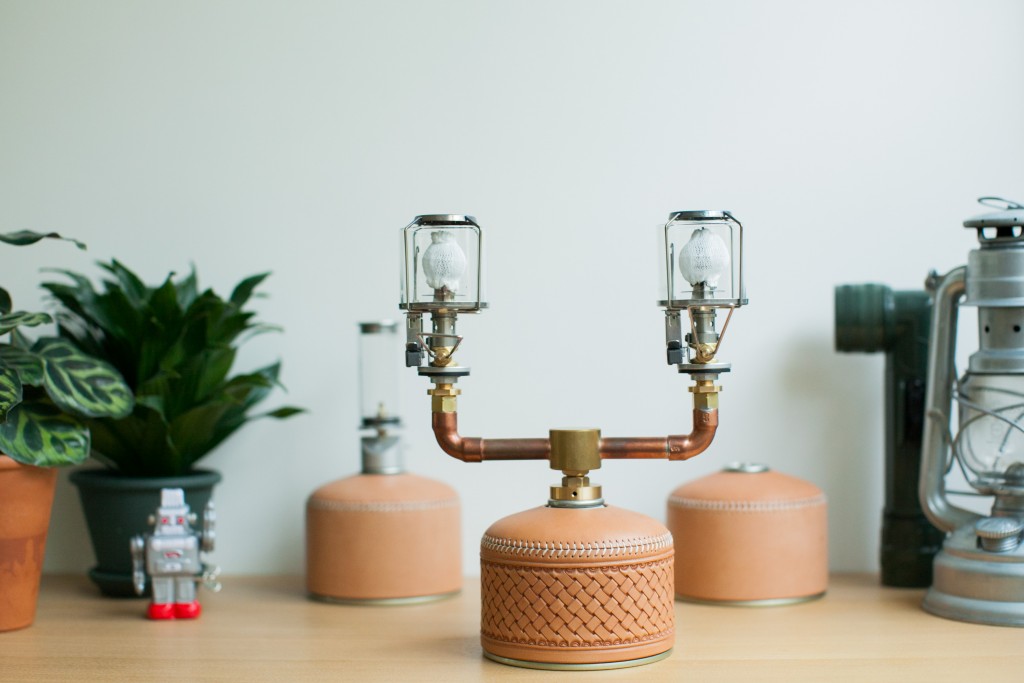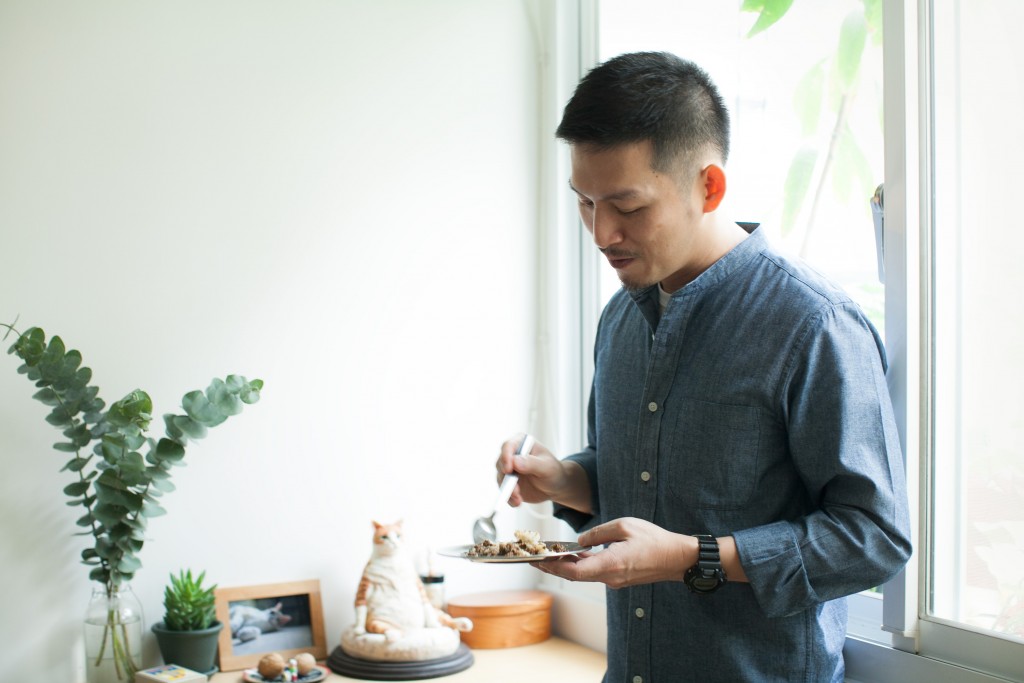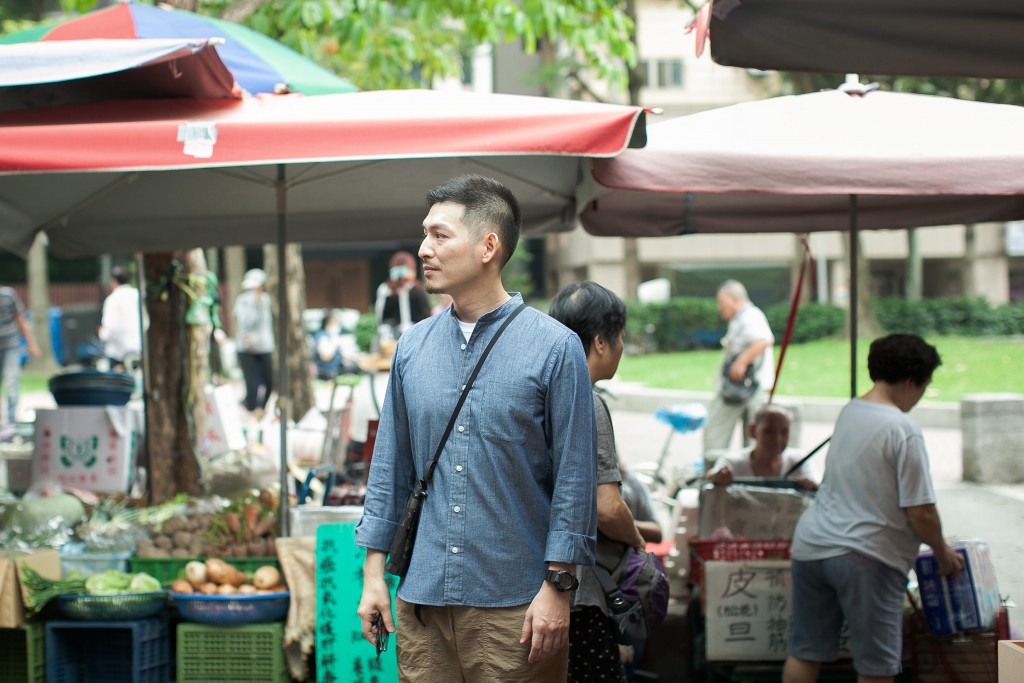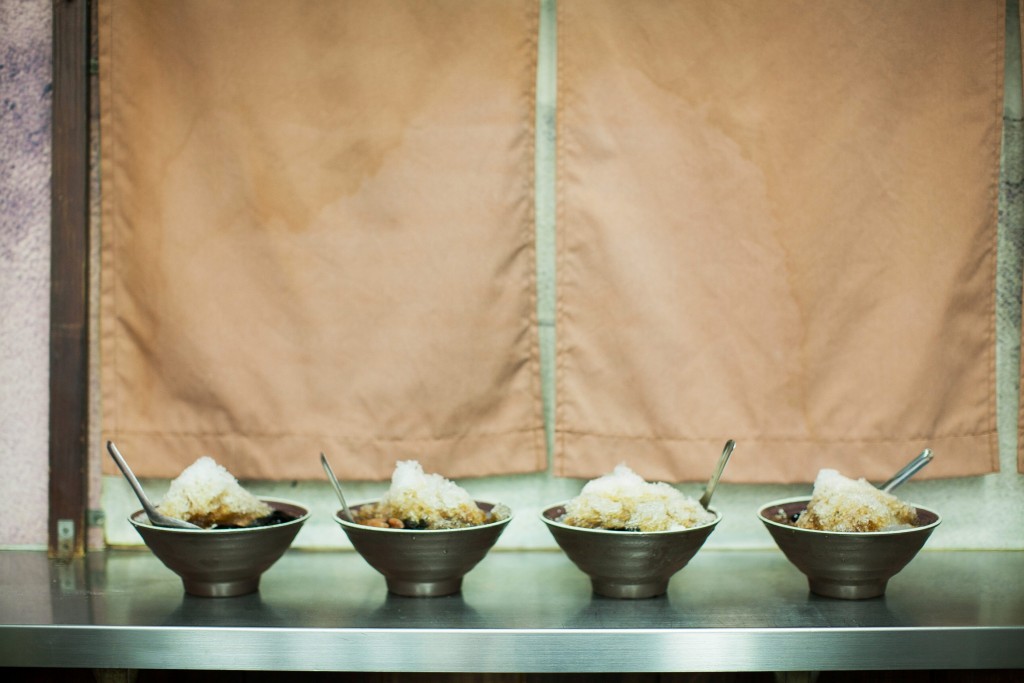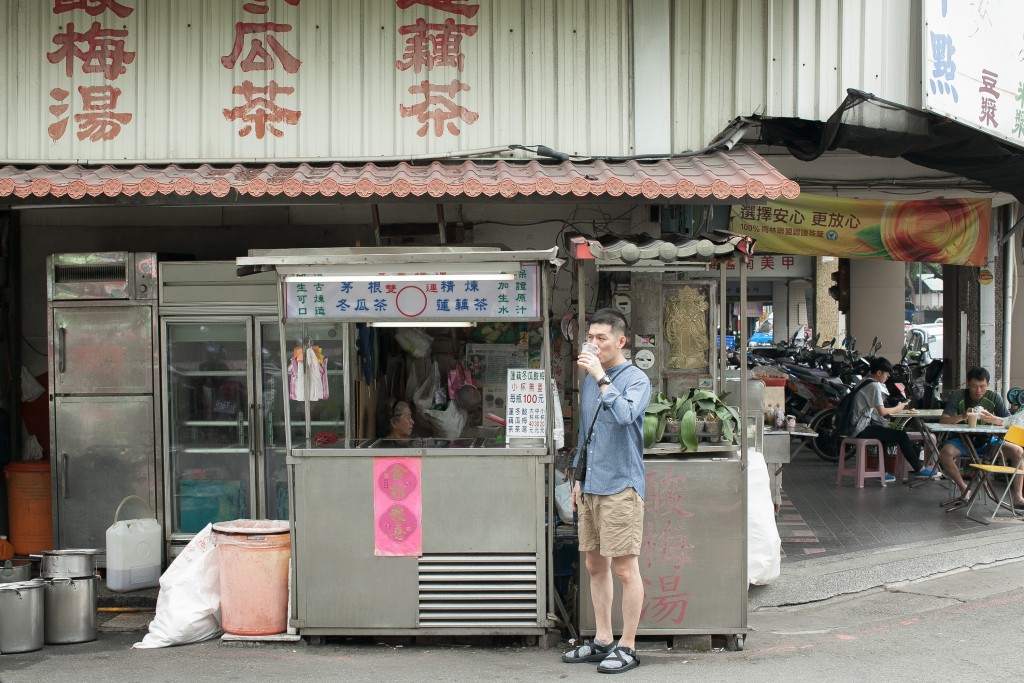made by hand series —
Nowadays almost everything is mass-produced by machines. It happens so fast that we have almost forgotten the fine details of handmade goods. Fortunately, scattered about the city, some people are still following their hearts and insist on living a slow life, crafting handmade goods in opposition to the high speed lifestyle of the city. Moby is one of them. He established “Easy Company” to run his one-man business in a corner at his place. He insists on creating and selling his products—interesting new and old goods slowly crafted of recycled fabrics without any design sketches—all on his own.
For nine years, he has been sitting in front of his workbench every day, carefully choosing the right fabrics and stitching them into things like cloth bags, patchwork rugs, cushions, and aprons. He makes each of them like an art piece, taking his products to another level.
Written by Chia-hua Chiang / Photographs by Ivy Chen / Pictures: Moby Hsiao
It’s much harder to continue a life like this than most can imagine. Moby has to live with an unstable income and tighten his belt from time to time. This makes us even more curious about what drives him to continue such a difficult life. We met up with him in a historical part of the city during his break, searching for the answer.
“A sewing machine changed his life.”
What made you start your own business?
I used to work as a salesperson for a Taiwanese clothing brand. I was dealing with tens of millions of Taiwanese dollars every year. My job was to visit department stores all over Taiwan and talk to all kinds of people; it was extremely exhausting. At the time, I was writing a blog to share my interest in things like jeans, American military goods and “American Casual Style,” (note 1) which I like a lot. The blog was well-received and I got to know a group of people who share the same interest. We met together regularly, but back then, I hadn’t thought about starting my own business.
I quit my job in 2008, that’s when my cousin gave me a secondhand JUKI sewing machine. I started teaching myself sewing skills and made some drawstring bags as the package for T-shirts. After I made the first cloth bag from old jeans, my business was officially launched.
What’s the hardest part of starting your business?
The hardest part is not about the cost and expenses, it’s the lack of experiences. I used my life-savings I earned from my job in the garment industry to start this business. At the beginning I spent mostly on buying vintage fabrics, metal hardware and screen printing equipment. It’s not that much.
However, I don’t have any previous experience on production. Even if it’s just printing a simple graphic t-shirt, I could still mess up. I still remember I bought a lot of plain t-shirt from Japan and also asked my friend who ran a factory in China to send me whole cotton fabric roll to practice. I think it took me almost half a year to get skillful and finally get my foot in the door.
Is there any special meaning behind the naming of your studio?
Originally I named my studio “Hard Road,” hoping to show the tough and macho side of the brand. When I was trying to make samples for some clothes in my friend’s factory, things didn’t go well. After I came back to Taiwan, I hit upon an idea—I decided to name my studio after “Easy Company” from the 506th Parachute Infantry Regiment, 101st Airborne Division, US Army, a reference from my favorite HBO series “Band of Brothers.” Easy Company also means it’s an easygoing company. Maybe it’s because of the new name and the power of the internet, my first batch of hand-printed clothes sold quite well. The business of the studio also improved.
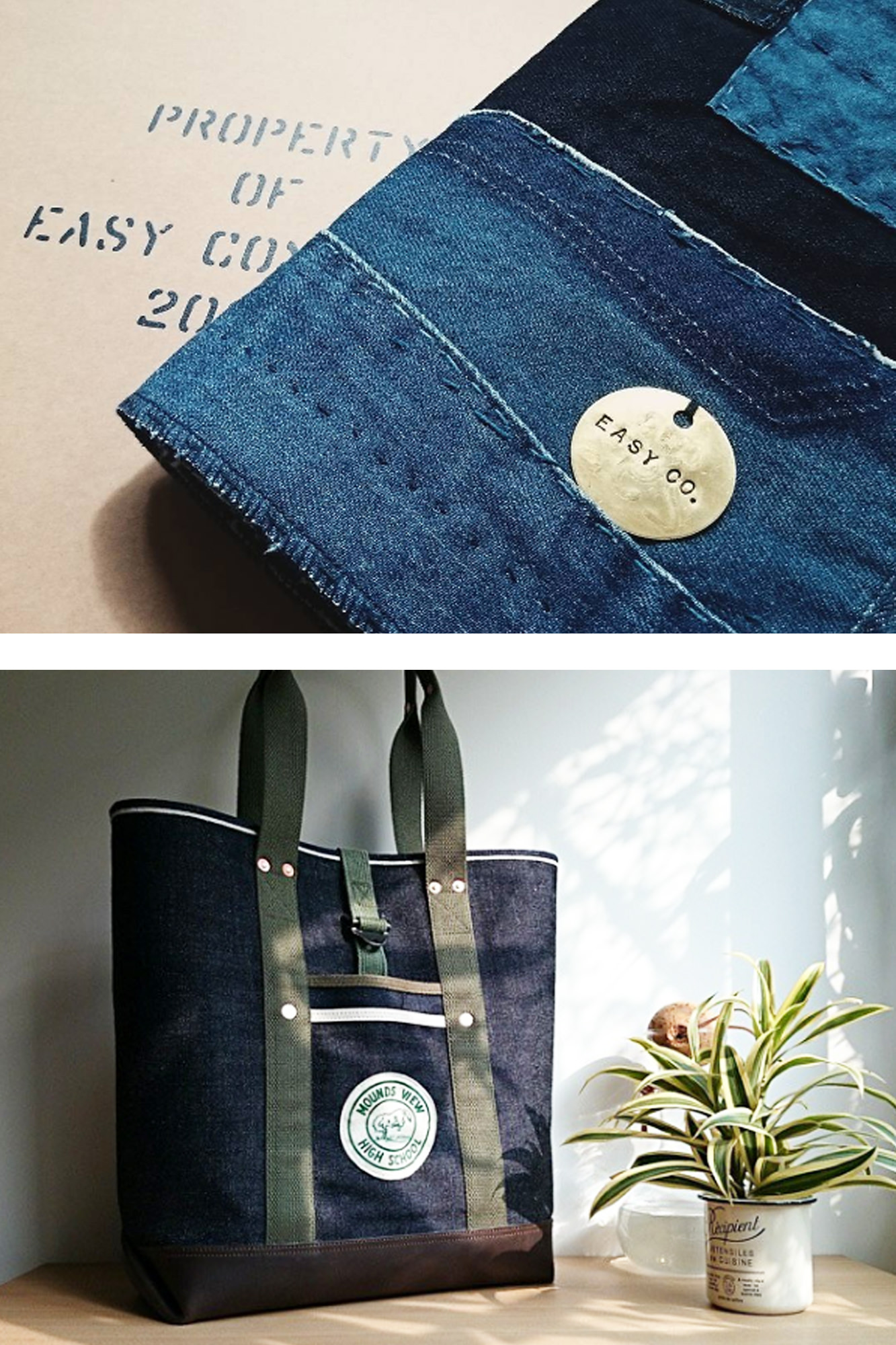
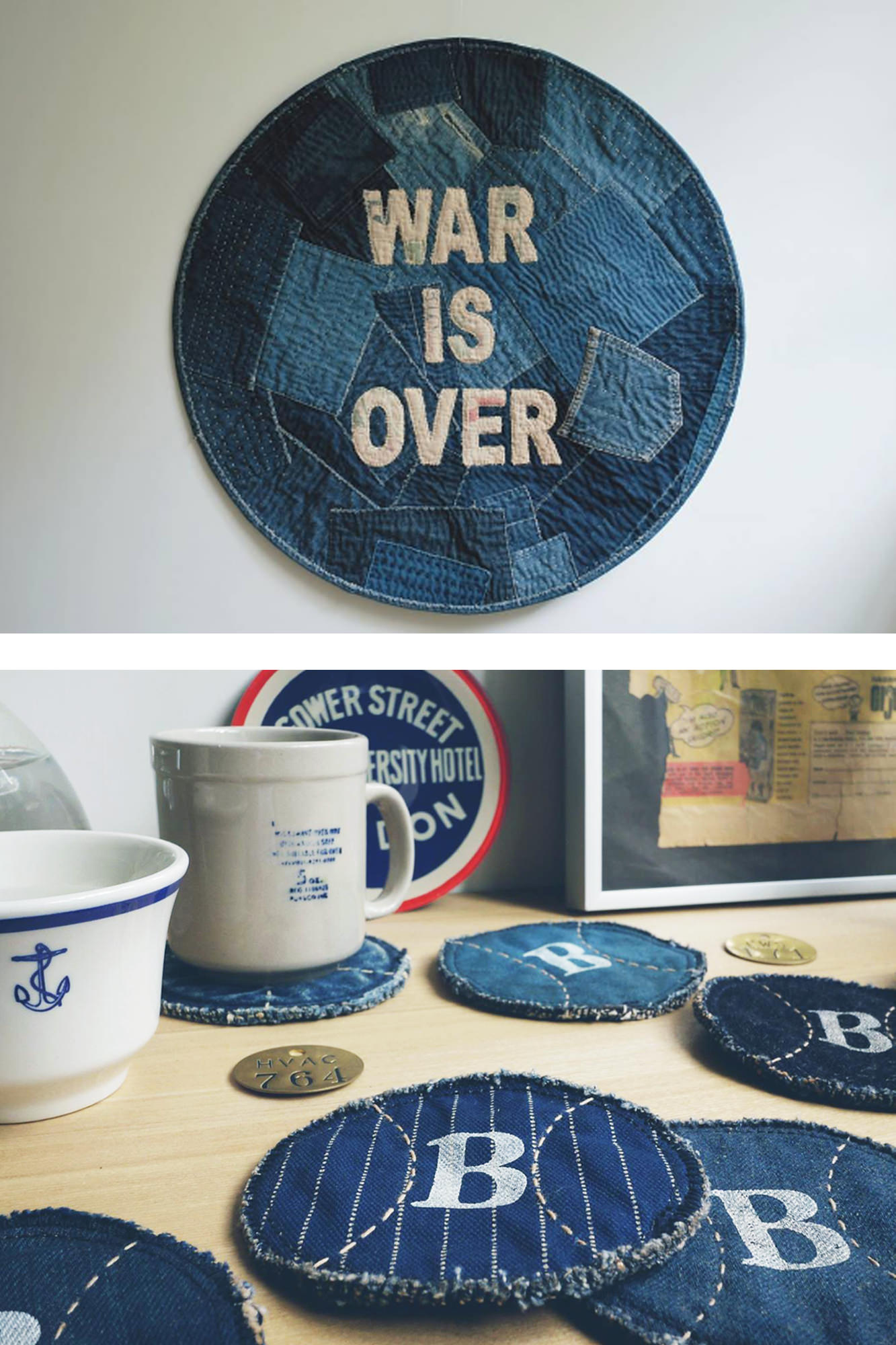
“My creative work is about the quality of oldness. As the product is used, it changes in style, revealing something unique to each user.”
What’s your first handmade product?
The first piece was a tote bag remade from a pair of jeans. A senior collector of vintage clothes heard my idea by chance and gave me a pair of old jeans to practice with. Back then, I didn’t have enough understanding of the structure of cloth bags. Moreover, it was quite difficult to stitch thick fabric and leather on a sewing machine; I barely made the correct shape and it couldn’t be called a real product. I don’t really remember how long it took me to make it.
I started with printing army style t-shirts and slowly switched to remaking old jeans into cloth bags. Then I started making all kinds of textile goods. On the surface, it seems like I keep changing all the time, but the spirit is the same—my creative work is about the quality of “oldness”. As the product is “used,” it changes in style, revealing something unique to each user.
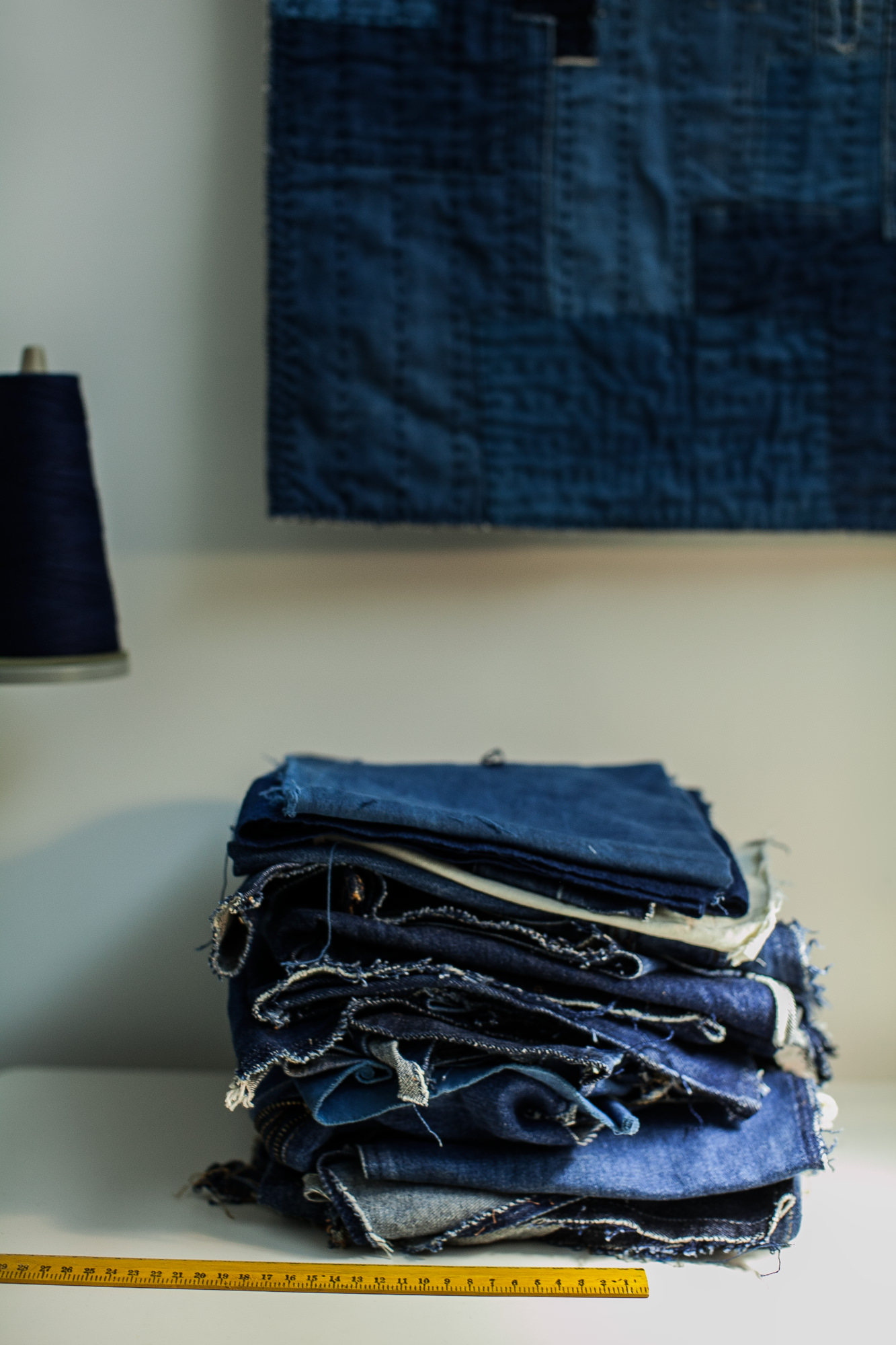
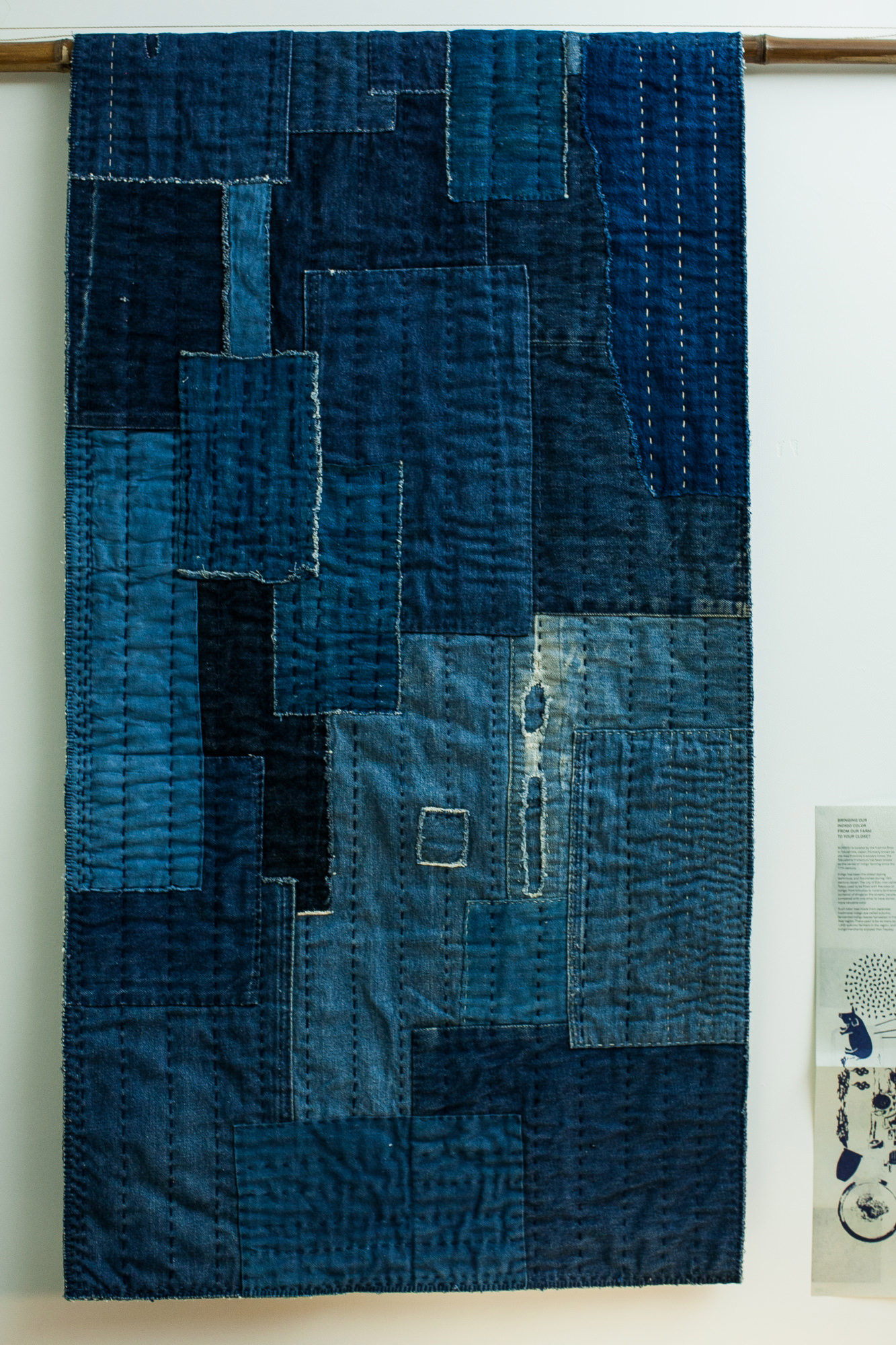
How do you “deconstruct and reconstruct” things into your products?
First, I take a pair of American or Japanese vintage jeans, rip it apart and cut out the usable fabrics according to the shape and the size of the bag. Then I stitch them together with straps and leather; I use the original denim pocket lining as the inner pocket of the denim bag. Rivets are cut, polished and struck before being used to strengthen the handle. Throughout the process, I have to make sure that the fabrics and rivets are kept unscratched, so the final products can bear details that are rarely seen in mass-produced goods.
It seems like you stopped making cloth bags. What have you been working on?
In the end, most of the jeans I used for making cloth bags were less intact or made of thinner fabrics. The color was not always right, and sometimes I couldn’t obtain enough fabrics for the specific bag size. With all those obstacles, it was impossible for the most basic needs to be met, which is why I decided to stop making this specific product.
Now I spend most of my time making patchwork rugs. There is no limit on size, and I can stitch it any way I want—as long as I can create the final product. The best part of it is that it only takes a few simple tools, fabric, and some other materials to create a layered and visually stunning work.
The materials used for patchwork rugs are also from old jeans. What’s interesting about patchwork rugs is that it requires a certain thickness and weight. That’s why very often, I have to stitch a piece of fabric with many other pieces of old cloth of different shades. If the rug is used for some time or become slightly torn, the color of the fabric underneath will pop up, making it a “derivative work.” Recently I started to add some old Taiwanese fabrics and recycled old flour sacks into the rugs. By doing so, hopefully some more interesting details can be created.
I’ve also been working with an old friend to make “gas bottle cover,” which is something you use when you go camping. We use top quality bridle leather from Hermann Oak Leather, an American company which has been around for more than 100 years, and hand stitch it into the specific shape. In addition to the plain ones, we also made lattice patterned ones with basket stamps.
“I believe there are people out there who like this style, I just haven’t met them yet. So as long as I am able, I still want to continue to do my best.”
What do you think of the unstable income you have now?
It has been almost nine years since I started to make products on my own. The style I chose has an extremely small market, so having an unstable income was expected. It doesn’t bother me. All I want to do is to leave something interesting behind. I believe there are people out there who like this style, I just haven’t met them yet. So as long as I am able, I still want to continue to do my best.
I remember the first patchwork rug I made was priced 3000NTD, but it just wouldn’t sell. Since then, I’ve been promoting my products online and gaining experience in rug making. Luckily, I’ve being able to sell my products at a good price, I’ve also received support and encouragement from some customers. I think it’s important to stay positive. And it’s true that although I haven’t given up on the idea, one day, if I have to stop doing this I will try to fulfill my dream of opening a curry restaurant or a small eatery serving traditional local dishes.
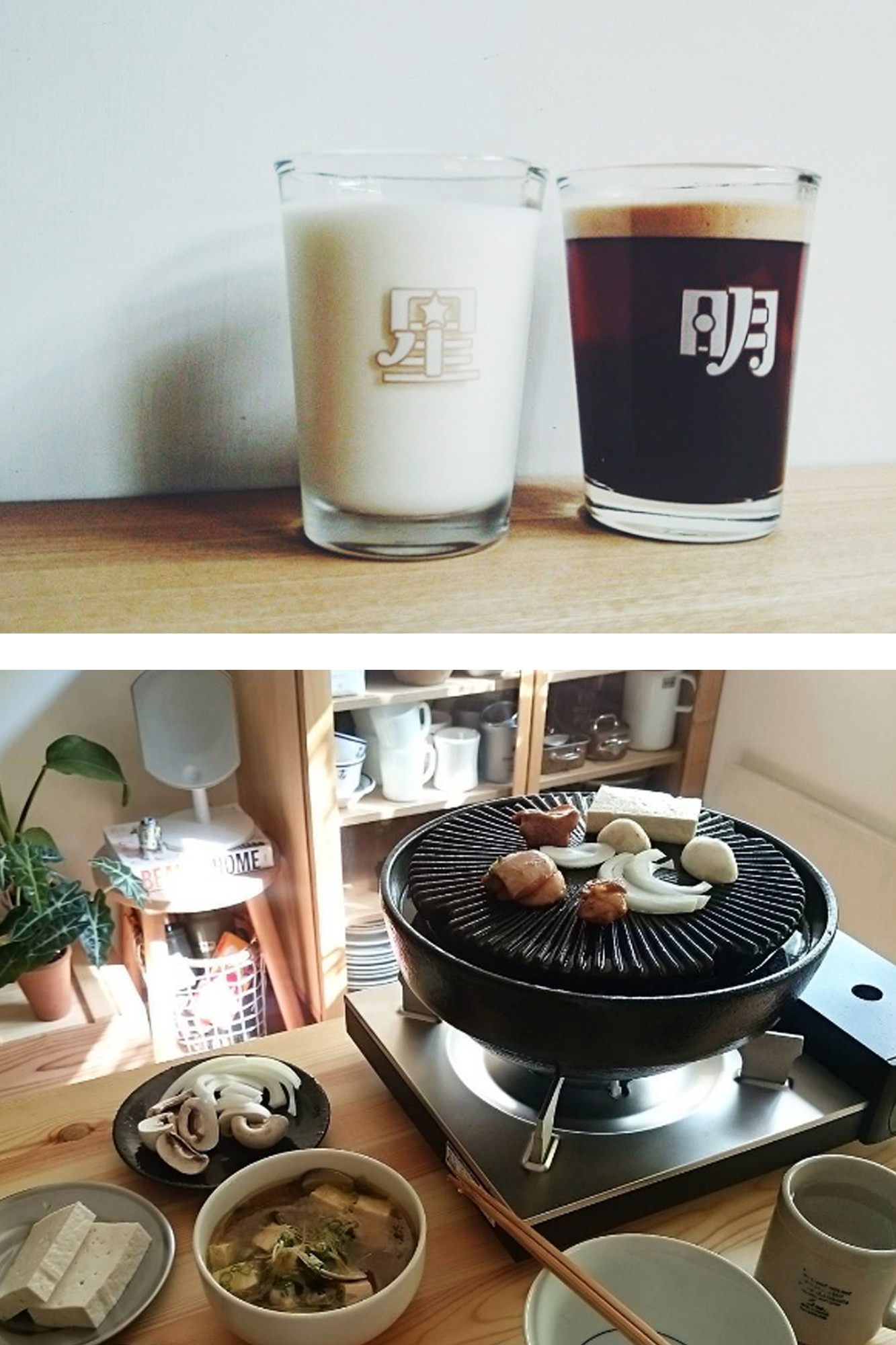
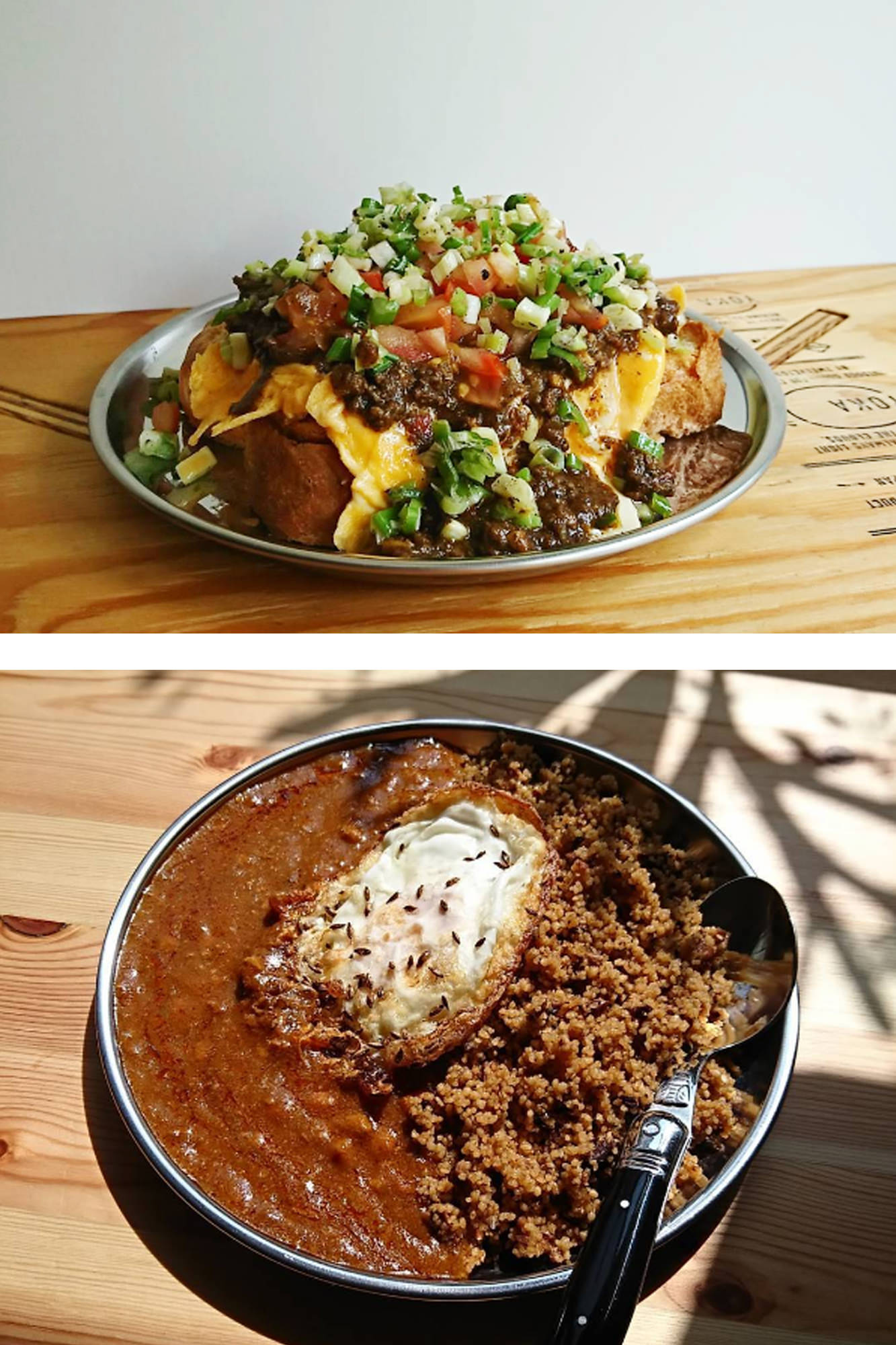
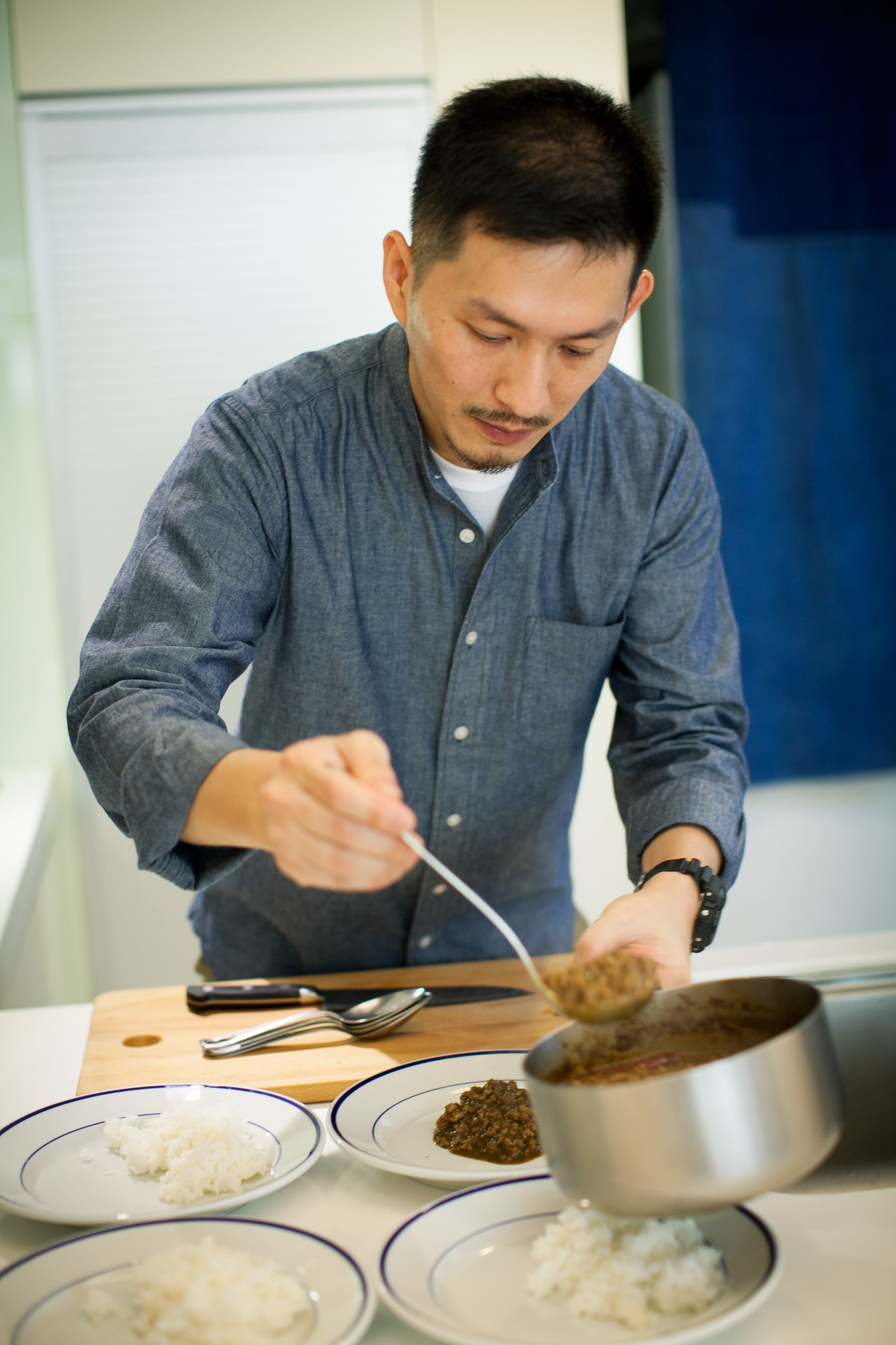
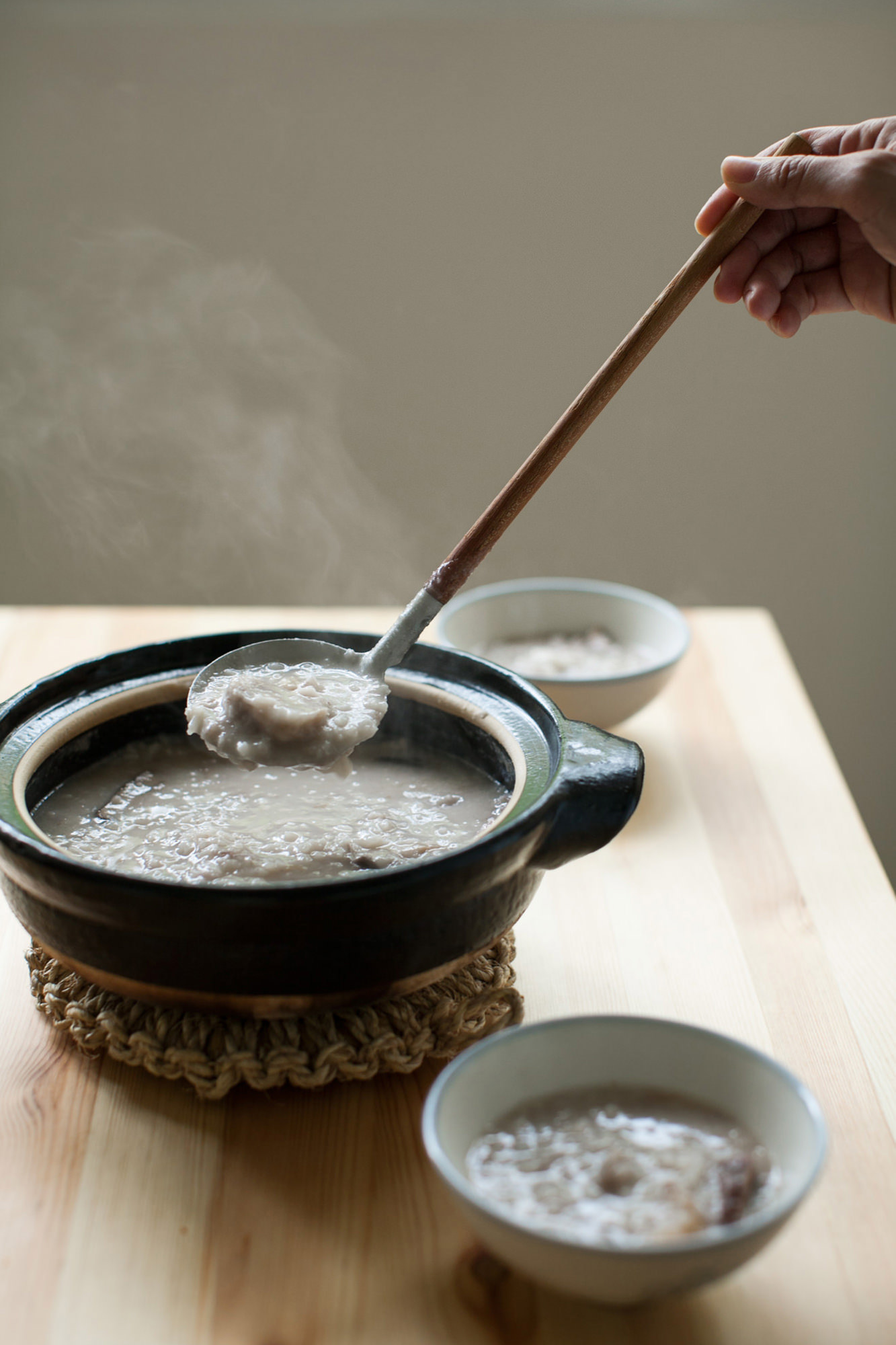
What has supported you to continue for nine years?
I feel very encouraged when I read messages from my customers. For example, someone wrote “thank you for your work. It reminded me of the purest passion, perseverance and dedication. Maybe that’s not the message you intended to send through your work, but I surely received it.” Or something like “I haven’t been so excited about opening a parcel, I feel like a child again! To be honest, I wasn’t expecting any packaging…and the bag for the product is such a nice surprise. All this is about your belief; everything is so closely connected with each other.”
Such replies make me feel that being able to do what I like, to touch people with what I make, and even to inspire people to devote themselves to what they like, is the biggest motivator for me to continue what I do.
Note:
American Casual Style refers to a vintage American Style which gained popularity in Japan in the 90s. It’s a mix of used American clothes and clothes remade according to old manufacturing standards.
Writer’s note:
On the day of the interview, we met Moby at MRT Shuanglian station early in the morning. From vibrant Shuanglian Market and the 40-year-old Yanshan Rice Ball hidden in the market, to busy Wunchang Temple and old metal sign studio “Bo Hsiang” which opened during the Japanese colonial period—as Moby walked us south, he always had a story to tell: a nostalgic remnant to remember and a strong emotion to relate to.
He loves slow living; he loves to use carefully made sturdy goods. He was willing to take his time cooking us traditional food and curry dishes…it’s not hard to see why he chose to make things by hand. It’s not an easy path, especially most of the time when there is no one to praise you. Yet, he is always so focused and devoted on the path he chose—a rare but much needed spirit in today’s world.
